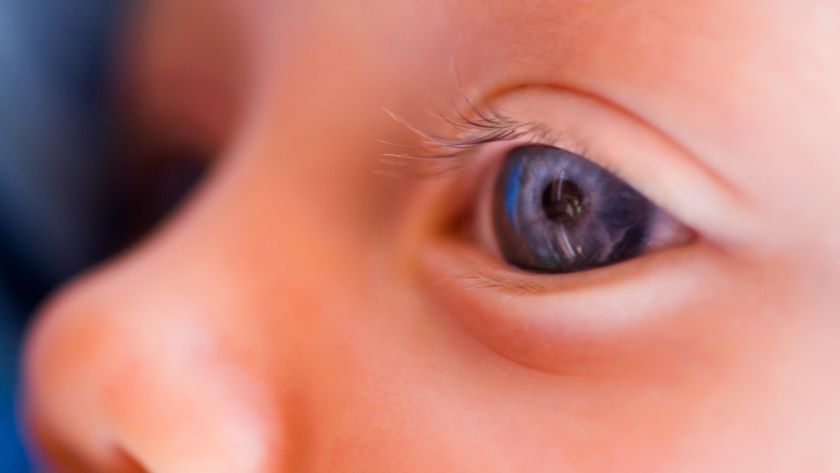
Epigenetic changes, or chemical markers on DNA that can turn genes on or off, may play a role in natural selection, a new paper argues.
The piece, published today (June 4) in the journal Proceedings of the Royal Society B, argues that these chemical markers can be passed through multiple generations just as genes can, and as a result, epigenetic changes can be selected for or against — thereby contributing to species' evolution.
"If you can have a purely epigenetic variant that is heritable, and if that inheritance creates a trait, that trait might be acted on by natural selection," said study co-author David Martin, a molecular geneticist at Children's Hospital Oakland Research Institute in California.
In fact, some researchers think the modern consensus on evolutionary theory may need to be extended to encompass epigenetics.
The current paper counters the arguments of a 2012 paper in the same journal that argued epigenetic markers, because they are physically attached to genes, are reflections of the inheritance patterns of those genes and therefore don't play an independent role in evolution.
Complicated process
Over the last several decades, researchers studying epigenetics have found that something in addition to DNA alters the expression of genes. For instance, a chemical marker, called methylation, can cause DNA to coil tightly, thereby preventing cellular machinery from copying DNA's genetic instructions.
Sign up for the Live Science daily newsletter now
Get the world’s most fascinating discoveries delivered straight to your inbox.
But epigenetics are incredibly complicated. For instance, studies in plants, mice and humans have found that the chemical marks on DNA can be stably passed down through the generations. [The Top 10 Worst Hereditary Conditions]
But these chemical markers can be both inherited and modified by the environment. Identical twins, for instance, start out with very similar epigenetic markers, which gradually diverge as the twins age. And a grandparent's diet can affect grandchildren's gene expression.
In addition, cells in the brain have different epigenetic markers than those in, for example, the skin or the liver.
Controversial paper
In a 2012 Proceedings of the Royal Society B study piece, Qazi Rahman at Queen Mary University London and his colleague Thomas Dickins at the University of East London argued that epigenetic marks, because they are bound to DNA, simply reflect changes in genes. So focusing on these "soft" markers of inheritance obscured the real players in evolution: genes.
In the new paper, Martin and his colleagues reference several lines of evidence to show that epigenetic changes, or "epi-mutations," can be stably inherited, and as such, they could play a role in natural selection and evolution.
Other researchers agreed.
"Dickins and Rahman seriously overstate the role of the DNA sequence in establishing the epigenetic state of the genome," said Michael Meaney, a neurologist at McGill University in Canada, who was not involved in either study.
For instance, the fact that epigenetic markers on identical DNA sequences determine whether a cell becomes a brain or liver cell shows that epigenetic marks can't be completely determined by DNA sequence.
New Theory of Evolution
In addition, new evidence suggests that epigenetic changes, culture and ecological inheritance could be strong drivers of human evolution, Laurel Fogarty, a biologist at Stanford University in California, who was not involved in the study, wrote in an email.
"Findings like these show clearly that we need to broaden our understanding of how natural selection, genes and non-genetic inheritance interact if we want to fully understand evolution," Fogarty wrote.
Follow Tia Ghose on Twitter and Google+. Follow LiveScience @livescience, Facebook & Google+. Original article on LiveScience.com.

Tia is the managing editor and was previously a senior writer for Live Science. Her work has appeared in Scientific American, Wired.com and other outlets. She holds a master's degree in bioengineering from the University of Washington, a graduate certificate in science writing from UC Santa Cruz and a bachelor's degree in mechanical engineering from the University of Texas at Austin. Tia was part of a team at the Milwaukee Journal Sentinel that published the Empty Cradles series on preterm births, which won multiple awards, including the 2012 Casey Medal for Meritorious Journalism.
Most Popular




